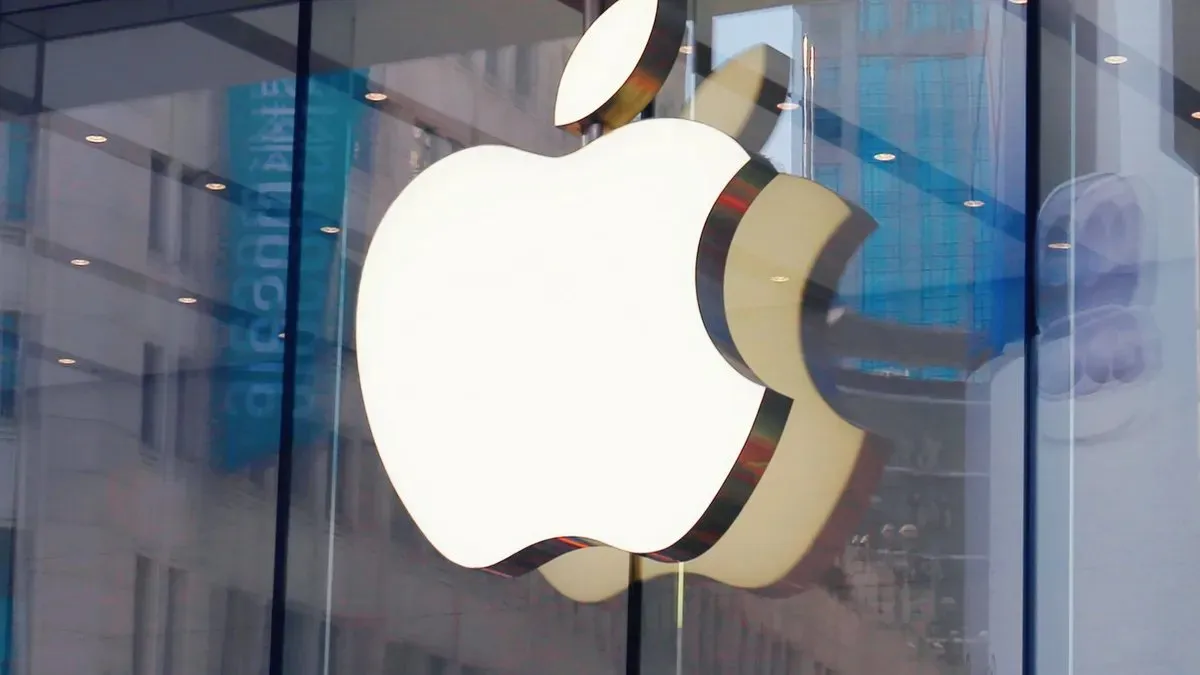Apple Innovations Drive Flexible Release Strategy in Product Updates

Apple Innovations and Product Updates
Apple is gradually moving away from its long-established annual product release cycle. This change could lead to more frequent, less predictable product launches and help avoid the delays that have plagued some recent releases.
The Benefits of Annual Launches
- Unified focus: Ensures all teams work towards the same deadline.
- Predictability for investors: Analysts know when to expect sales boosts.
- Consistent marketing schedule, fitting perfectly with holiday sales.
Growing Product Line Causes Strain
Apple’s product range has expanded significantly, making it harder to update everything annually. Products like the Apple Watch Ultra or iPhone SE don’t need yearly upgrades, complicating a uniform release schedule.
Examples of Deviations
Apple has begun deviating from its fall launches, rolling out new iPads in May, refreshed Macs in January, and introducing new MacBooks during WWDC. This suggests a shift toward releasing products when they’re ready.
Software Struggles
Challenges have arisen in timely software updates, with delays causing gaps between announcements and releases. Recent bugs in updates, such as iPadOS 18 issues, have also led to recalls.
Apple Intelligence and Future Product Launches
Apple's approach with Apple Intelligence will also be staggered, with key AI features set to roll out later than expected.
What’s Coming Next
The next product releases are anticipated at the end of October 2024, featuring new MacBook Pro models with M4 chips and refreshed devices. Early 2025 will introduce additional devices, including new MacBook Air models.
The Road Ahead
Adopting a more flexible release cycle aims to free Apple from previous pressures, allowing for innovation and unexpected launches year-round.
This article was prepared using information from open sources in accordance with the principles of Ethical Policy. The editorial team is not responsible for absolute accuracy, as it relies on data from the sources referenced.